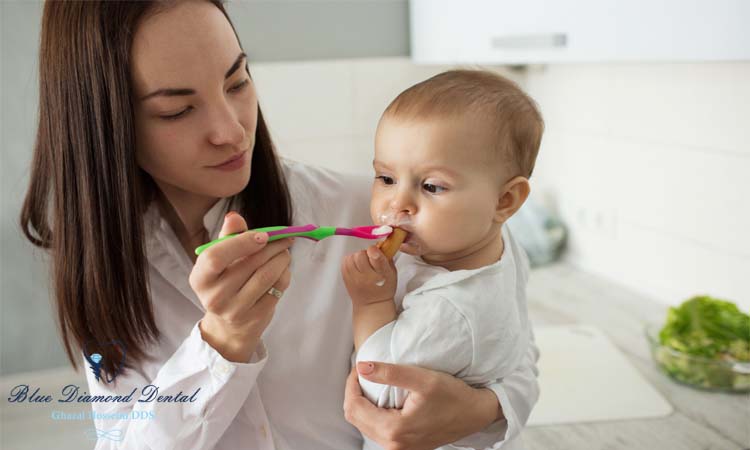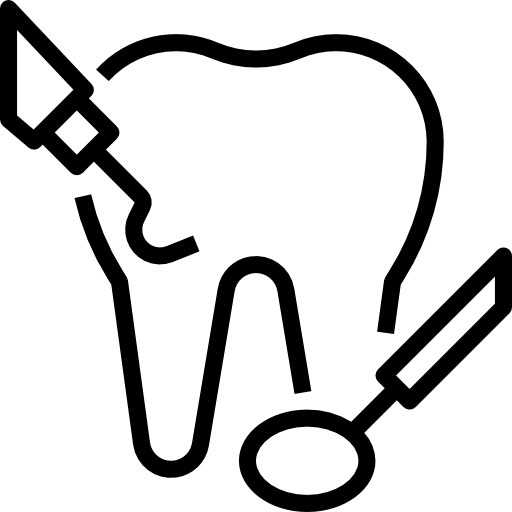
How to Clean Your Baby’s Teeth and Gums Safely
Baby’s Teeth and Gums Safely
Good oral hygiene is crucial from the very beginning of your child’s life. Even before the first tooth erupts, certain practices can help maintain healthy teeth and gums and set the stage for good dental habits in the future.

Before Teething
- Gum Care: Start with a soft, moistened washcloth or piece of gauze. Gently wipe down your baby’s gums twice a day, especially after feedings and before bedtime.
- Teething Toys: Offer teething rings or cold washcloths for your baby to chew on, which can also help in cleaning the gums.
Teething
- Symptom Relief: If your baby seems uncomfortable, gently rub their gums with a clean finger, or provide a teething ring to soothe discomfort.
- First Tooth: Celebrate the milestone of the first tooth by continuing to use a soft, damp cloth to clean it and the surrounding gums.
Brushing Baby’s Teeth

- Toothbrush Selection: Once your baby has a few teeth, choose a small, soft-bristled toothbrush designed for infants.
- Toothpaste: Use a tiny smear of fluoride-free toothpaste that’s safe to swallow, no larger than a grain of rice.
- Brushing Technique: With gentle, circular motions, clean each tooth and the front and back of the gums.
Flossing
- When to Start: Begin flossing once your child has two teeth that touch.
- Flossing Tools: Use flossers designed for children, which are easier to handle and make the process more comfortable for your baby.
Regular Dental Visits
- First Appointment: Schedule your baby’s first dental appointment after the first tooth appears or by their first birthday.
- Follow-Up: Maintain regular check-ups every six months, or as recommended by your pediatric dentist.
Diet and Oral Health
- Healthy Eating: Introduce a balanced diet early on. Limit sugary snacks and drinks to help prevent tooth decay.
- Bottle Use: Avoid putting your baby to bed with a bottle, as prolonged exposure to liquids containing sugar can lead to tooth decay.
Teething Pain Relief
- Cold Compress: Apply a cold compress or offer a chilled teething ring to alleviate discomfort.
- Massage: Gently massaging the gums with a clean finger can provide relief.
- Pain Relievers: Consult your pediatrician about using over-the-counter pain relief if necessary, following their dosage recommendations.
Fluoride and Your Baby
- Fluoride Use: Ask your dentist about the right time to start using fluoride toothpaste, which helps prevent cavities.
- Water Intake: If your local water supply is fluoridated, drinking tap water can help provide your baby with fluoride.
Oral Habits
- Thumb Sucking: Monitor and manage thumb sucking and pacifier use, as these habits can affect teeth alignment.
- Teach Independence: As your child grows, encourage them to brush their teeth on their own under your supervision.
Emergency Care
- Dental Emergencies: Keep your pediatric dentist’s contact information handy in case of a dental emergency.
- First Aid: Learn basic dental first aid, such as what to do if a tooth is chipped or knocked out.
By following these guidelines and fostering a positive attitude towards oral care, you can help ensure that your baby’s teeth and gums remain healthy. Remember, the best care is preventive care, so starting good oral hygiene habits early is key. And as always, regular visits to the pediatric dentist are essential for monitoring your child’s oral health development.
Conclusion
By establishing a routine of oral care for your baby, you’re laying the foundation for a lifetime of healthy smiles. Remember, the habits you instill now will help ensure your child maintains good dental hygiene as they grow.






